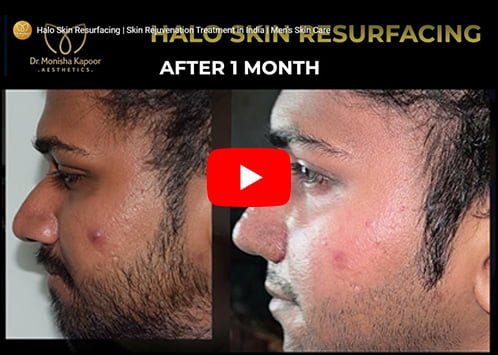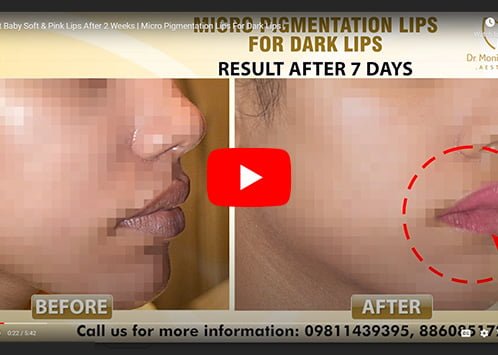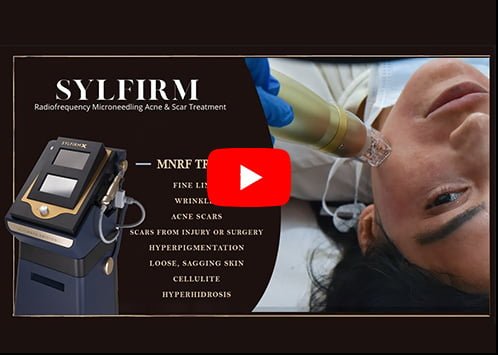What are Peeling
Treatments?
Peeling treatments, also known as chemical peels, are cosmetic procedures that involve applying a chemical solution to the skin to exfoliate and remove the outermost layers of dead skin cells. This process stimulates cell turnover, which can help to improve the texture and appearance of the skin.

- Superficial peels:These peels use mild acids such as glycolic acid or salicylic acid to exfoliate the outer layer of the skin. Superficial peels are often used to improve the appearance of mild skin discoloration, fine lines, and acne.
- Medium peels:These peels use stronger acids such as trichloroacetic acid (TCA) to penetrate deeper into the skin and remove more layers of dead skin cells. Medium peels can help to improve the appearance of moderate skin discoloration, sun damage, and wrinkles.
- Deep peels:These peels use a stronger acid such as phenol to deeply penetrate the skin and remove several layers of dead skin cells. Deep peels can help to improve the appearance of severe skin discoloration, deep wrinkles, and acne scars. Chemical peels can be performed on the face, neck, chest, and hands, and can provide a range of benefits, including improved skin texture, reduced appearance of fine lines and wrinkles, and a more even skin tone. However, chemical peels also carry some risks, including scarring, infection, and changes in skin color. It’s important to consult with a licensed and experienced practitioners like Dr Monisha Kapoor, to determine which type of chemical peel is best suited to your skin type and goals, and to ensure that the procedure is performed safely and effectively.
When performed by a licensed and experienced practitioner, peeling treatments, also known as chemical peels, are generally considered safe. However, as with any cosmetic procedure, there are some risks and potential side effects that should be considered.
Some possible risks and side effects of chemical peels include:
- Redness, swelling, and discomfort: After a chemical peel, it's common to experience some redness, swelling, and discomfort as the skin heals.
- Changes in skin color: In rare cases, chemical peels can cause changes in skin color, particularly in people with darker skin tones.
- Scarring: Deep chemical peels can carry a risk of scarring, particularly if they are not performed properly.
- Infection: Chemical peels can increase the risk of infection if proper aftercare instructions are not followed.
- Sun sensitivity: After a chemical peel, the skin may be more sensitive
to the sun, so it’s important to avoid sun exposure and wear sunscreen
to protect the skin.
To minimize the risks and ensure that a chemical peel is performed safely and effectively, it’S important to choose a qualified and experienced practitioner like Dr Monisha Kapoor, who can assess your skin type and goals, and recommend the appropriate type of peel. It’s also important to follow all aftercare instructions provided by your practitioner to ensure proper healing and minimize the risk of complications.
The downtime for peeling treatments, also known as chemical peels, can vary
depending on the type and strength of the peel used.
Superficial peels, which use mild acids such as glycolic acid or salicylic acid
to exfoliate the outer layer of the skin, typically have little to no downtime.
Patients may experience some redness and peeling for a few days after the
procedure, but can usually return to normal activities immediately.
Medium peels, which use stronger acids such as trichloroacetic acid (TCA) to
penetrate deeper into the skin, can have a downtime of several days to a week.
Patients may experience redness, swelling, and peeling for several days after
the procedure, and may need to avoid sun exposure and certain skincare products
during the healing process.
Deep peels, which use a stronger acid such as phenol to deeply penetrate the
skin, can have a downtime of up to several weeks. Patients may experience
significant peeling and crusting, and may need to take time off work or other
activities during the healing process.
It's important to discuss the expected downtime and recovery process with
your practitioner before undergoing a chemical peel, and to follow all aftercare
instructions carefully to ensure proper healing and minimize the risk of
complications.






